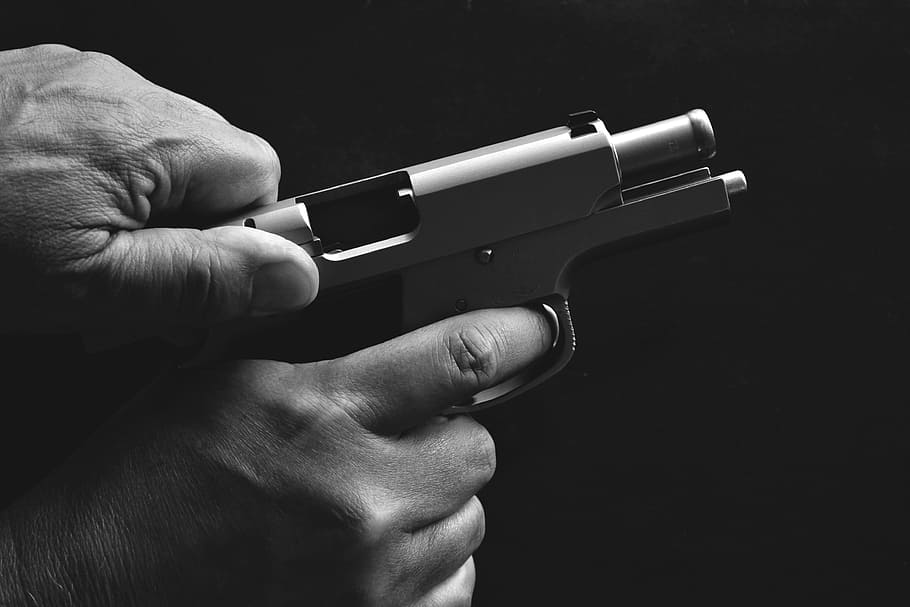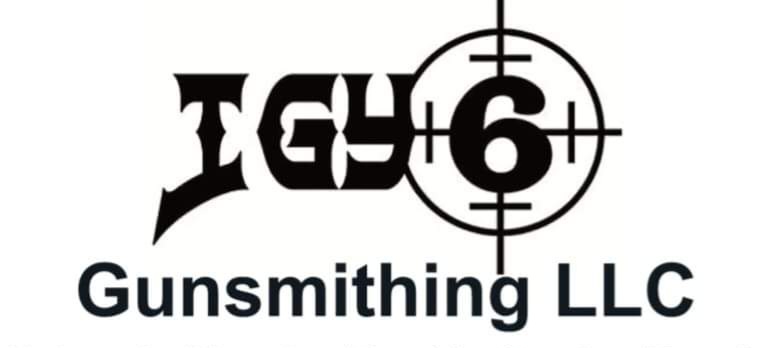Misfires
I recently had a customer call, he said he had a live round jam, could I look at it. Of course, I said sure thing.
During the conversation he said he’d been shooting with his grandson, went to fire his gun and nothing happened. I should add, his gun was a Girsan, model 1911 in .45 caliber. He tried to eject the misfired round and his slide was jammed, totally locked closed.
I further learned he had been shooting reloads he got from his neighbor. I’m not a big fan of reloads, but that’s another article…
He brought the gun in and sure enough, locked up tighter than heck. To top it off, a live round is jammed in the chamber, always a bit more dangerous. The first thing I needed to do was prevent an unintentional discharge. I removed the main spring housing and took the tension off the hammer. I was also able to remove the recoil spring and relieve tension from the slide.
I tried freeing the slide by hand with no luck. I ended up putting it in a soft vice, used a rubber mallet, and gave the slide a little whack. It took two whacks and finally the slide moved to the rear, extracting an empty cartridge. So now I’m wondering where’s the projectile. Finished disassembling the gun, looked in the barrel, and there it was, stuck at the edge of the chamber.
Trying to tap it out wasn’t successful until I added a little lubricant to both sides of the bullet, gave it a tap with a bore punch, and it shot out the other end. To my surprise, there was no loose powder in the chamber or in the cartridge that ejected earlier. Where’s the powder if it was a misfire?
This baffled both of us. The only explanations we could come up with were, it didn’t have any powder in it from the beginning, a reloading issue, and the primer igniting had enough pressure to slightly push the projectile a bit, or little powder that didn’t provide the pressure to push out the projectile. Either way, the projectile remained slightly in the cartridge and jammed in the barrel, getting stuck and causing the jam.
Causes
- Defective Primers.
- Insufficient indent. Sometimes the primer will go with a second hit, sometimes it won’t. Hitting again doesn’t prove anything, however, it does destroy the evidence needed to determine what the problem was in the first place. Rather, save the round and the box it came in, and notify the manufacturer.
- Damaged firing pin.
- Weak firing pin.
- Excessive head space. This is another series problem that needs correcting and can be discovered by an inspection of a qualified gunsmith.
- Reloading errors.
Squibs
Squibs are bad. These are bullets that get stuck in the barrel. If the shooter is not aware of what has happened, they might try to fire the gun again. This could result in the gun exploding when the new round hits the stuck one, killing or injuring the shooter or bystander. Luckily in this case, the projectile hadn’t moved down the barrel far enough, the slide jammed, and a new round couldn’t be chambered. He was lucky.
Safety Procedures
There are safety procedures to follow in case of a misfire. Misfires can happen for a number of reasons, one being a slow burning primer. A rule of thumb in the Marines was if a shooter experienced a misfire, to remain in place with the weapon pointed down range and wait 5-10 seconds before attempting to clear the weapon. This was to ensure if it was a slow burning primer and the cartridge ignited, the weapon was in a safe direction.
Clear the Weapon
- Remove the magazine/ammo supply.
- Attempt to eject the round.
- Visually and physically inspect the chamber AND THE BARREL
- Providing these steps were successful, you are now able to reinsert the magazine/ammo supply, rechamber another round and continue shooting.
Final Thoughts
KNOW YOUR FIREARM SAFETY!!! If you notice a bang not as loud as usual, or just a click when pulling the trigger. A lighter recoil than usual or anything that isn’t the norm, STOP, clear your weapon, and inspect it. Visually and physically inspect the chamber and barrel to ensure there are no squibs.
Be Safe Out There







